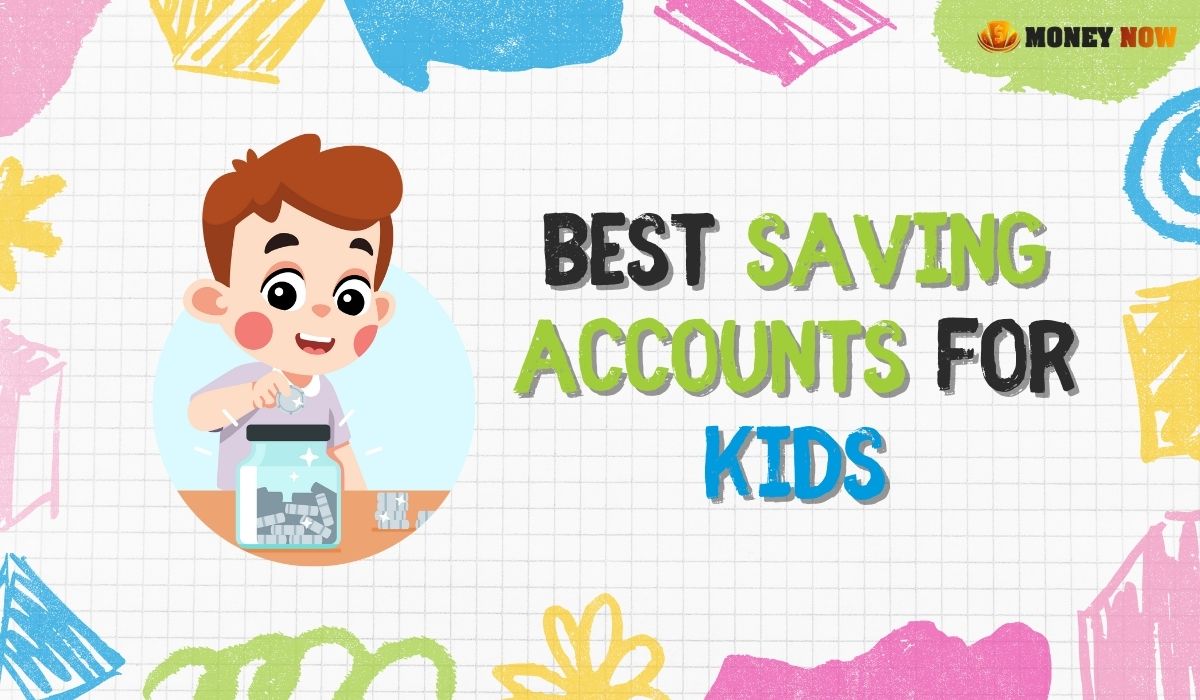
Equipping children with the knowledge and tools for financial success is paramount in the ever-evolving financial landscape. This comprehensive guide delves into the best savings accounts for kids, offering insights and strategies to foster financial literacy from a young age. Parents can lay a solid foundation for their children's financial future by carefully selecting the right savings accounts.
Financial literacy is a crucial life skill. Introducing children to saving accounts not only teaches them about money management but also instills a sense of responsibility and planning. Early financial education paves the way for informed decision-making in adulthood.
Different financial institutions offer varied types of savings accounts tailored for young savers. Key options include:
Custodial Savings Accounts: These accounts are managed by parents or guardians until the child reaches adulthood.
Joint Savings Accounts: Here, both the child and the parent have access and control over the account.
Educational Savings Accounts: Specifically designed for future educational expenses, these accounts often offer tax advantages.
When selecting a savings account for your child, consider the following features:
Interest Rates: Look for accounts with competitive interest rates to maximize savings growth.
Fees: Opt for accounts with low or no monthly fees.
Accessibility: Ease of depositing and monitoring the account is essential.
Educational Resources: Some institutions provide educational tools to teach kids about saving and finance.
Based on these criteria, here are some top savings accounts for kids:
These accounts offer higher interest rates, making them ideal for long-term savings.
Bank A’s Kid’s Super Saver Account: Offers a competitive interest rate with no monthly fees.
Credit Union B’s Future Star Account: Tailored for young savers with bonus interest rates for regular deposits.
For tech-savvy families, digital-first banks offer innovative and accessible savings options.
User-friendly mobile apps.
Real-time notifications and savings goals tracking.
These accounts are designed to save for educational expenses, often with tax benefits.
529 Plans: Offer tax-free growth and withdrawals for qualified educational expenses.
Coverdell Education Savings Accounts: Allows tax-free distributions for educational expenses.
To make the most of your child's savings account, consider the following strategies:
Regular Deposits: Encourage the habit of saving by making regular deposits into the account.
Match Contributions: Motivate your child by matching their contributions to the savings account.
Set Savings Goals: Help your child set and achieve specific financial goals.
Alongside a savings account, teaching kids about money management is crucial.
Use real-life examples to explain income, expenses, and budgeting.
Involve them in family financial discussions and decisions.
It's never too early to start. Many parents begin savings accounts for their children at birth or during their early childhood years to maximize the benefits of compound interest.
Certain accounts, like 529 plans and Coverdell Education Savings Accounts, offer tax benefits, particularly for educational savings. However, regular savings accounts for kids typically do not have specific tax advantages.
Involve them in depositing money, show them how to check the balance, discuss the concept of interest, and set savings goals together. Many banks also offer educational resources for young savers.
Yes, many banks offer online access for children's savings accounts, often with parental oversight. This feature can be a great tool for teaching kids about digital financial management.
This depends on your savings goals. High-interest accounts are beneficial for long-term savings, while no-fee accounts may be more suitable for teaching regular saving habits.
When the child reaches the age of majority (usually 18 or 21), control of the custodial account typically transfers to them, allowing full access to the funds.
Selecting the best savings account for your child is a significant step towards their financial independence and literacy. By combining the right financial tools with education and practical experience, parents can empower their children to become savvy financial decision-makers.
Our detailed guide explores the best safes to keep money at home. Learn more by visiting Money Now and exploring our comprehensive resources.
